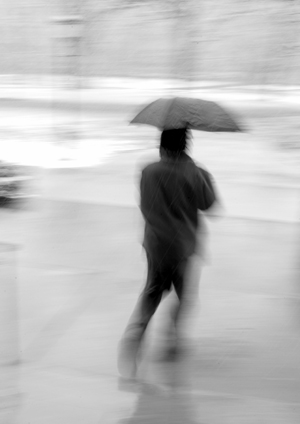No bells and whistles, just Guys and Dolls

|

|
With a minimalist set, moody lighting, and a bare-bones cast, Court Theatre’s production of Guys and Dolls hardly evokes the 1950s-era Broadway premiere of the now-classic tale of gamblers and showgirls. According to the program notes, director Charles Newell chose to strip away the “bells and whistles often associated with Broadway musicals” to find the “emotional truth in the central relationships.” The result of this “eccentric revival,” writes Chicago Tribune critic Michael Phillips, is “a very interesting mixed bag.”
During a Thursday night showing the audience bopped along to Frank Loesser’s familiar tunes and the onstage, five-man jazz combo. One audience member remarked, however, that the singing was a bit weak, though he admitted that he’d only experienced larger productions.
Guys and Dolls, based on Damon Runyon’s short stories about early 1900s New York gangsters and Broadway types, will run at Court Theatre through March 28.
A.L.M.
Photo: Photos courtesy Court Theater.






























